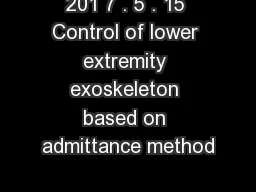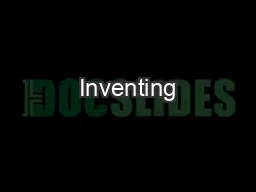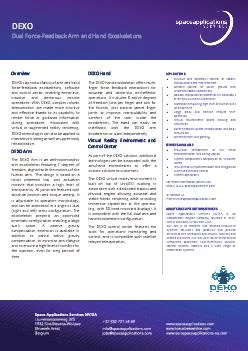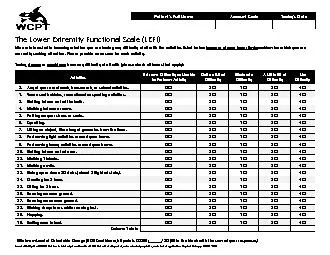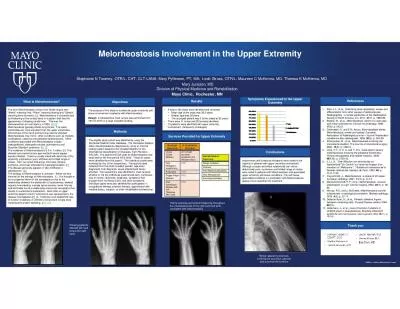PPT-201 7 . 5 . 15 Control of lower extremity exoskeleton based on admittance method
Author : littleccas | Published Date : 2020-06-18
AuthorsWenhao Chen Shengli Song C atalogue 1Humanexoskeleton Coupling Dynamics Mode 2Admittance Control
Presentation Embed Code
Download Presentation
Download Presentation The PPT/PDF document "201 7 . 5 . 15 Control of lower extremit..." is the property of its rightful owner. Permission is granted to download and print the materials on this website for personal, non-commercial use only, and to display it on your personal computer provided you do not modify the materials and that you retain all copyright notices contained in the materials. By downloading content from our website, you accept the terms of this agreement.
201 7 . 5 . 15 Control of lower extremity exoskeleton based on admittance method: Transcript
Download Rules Of Document
"201 7 . 5 . 15 Control of lower extremity exoskeleton based on admittance method"The content belongs to its owner. You may download and print it for personal use, without modification, and keep all copyright notices. By downloading, you agree to these terms.
Related Documents

